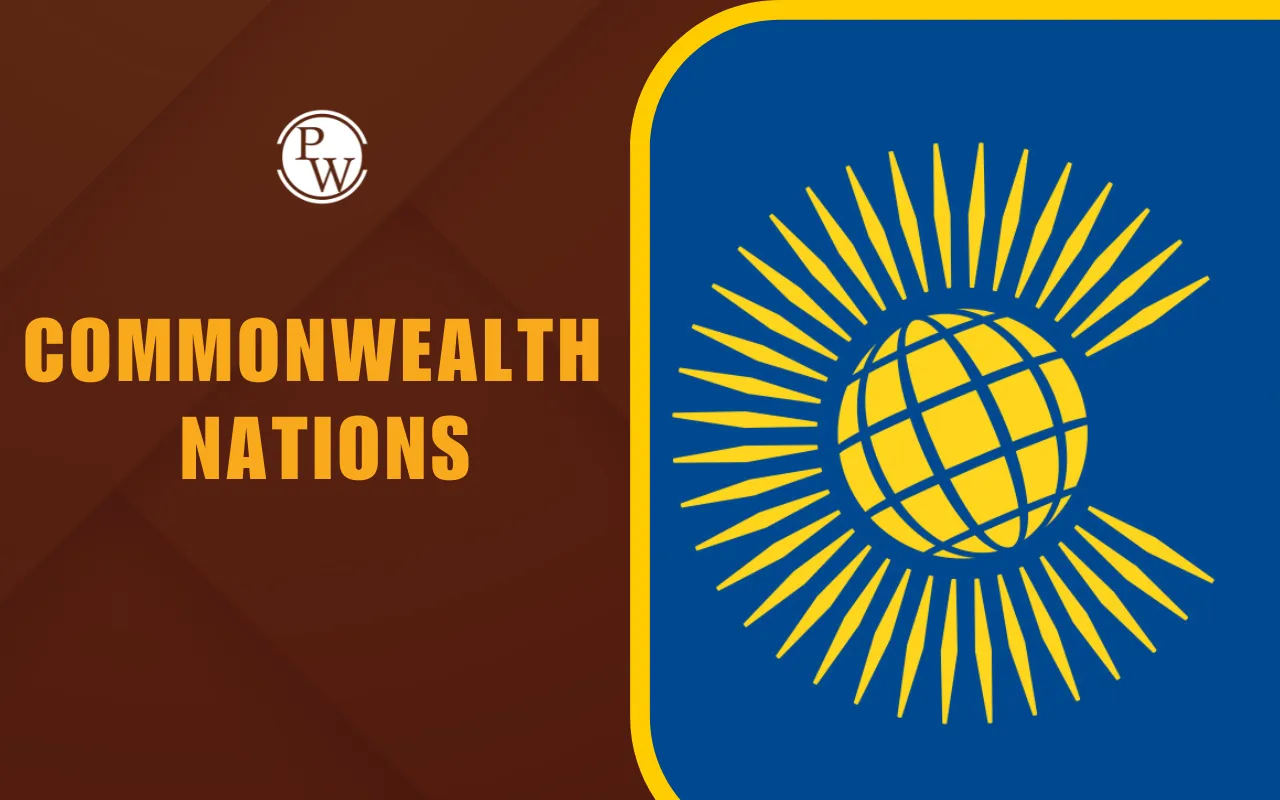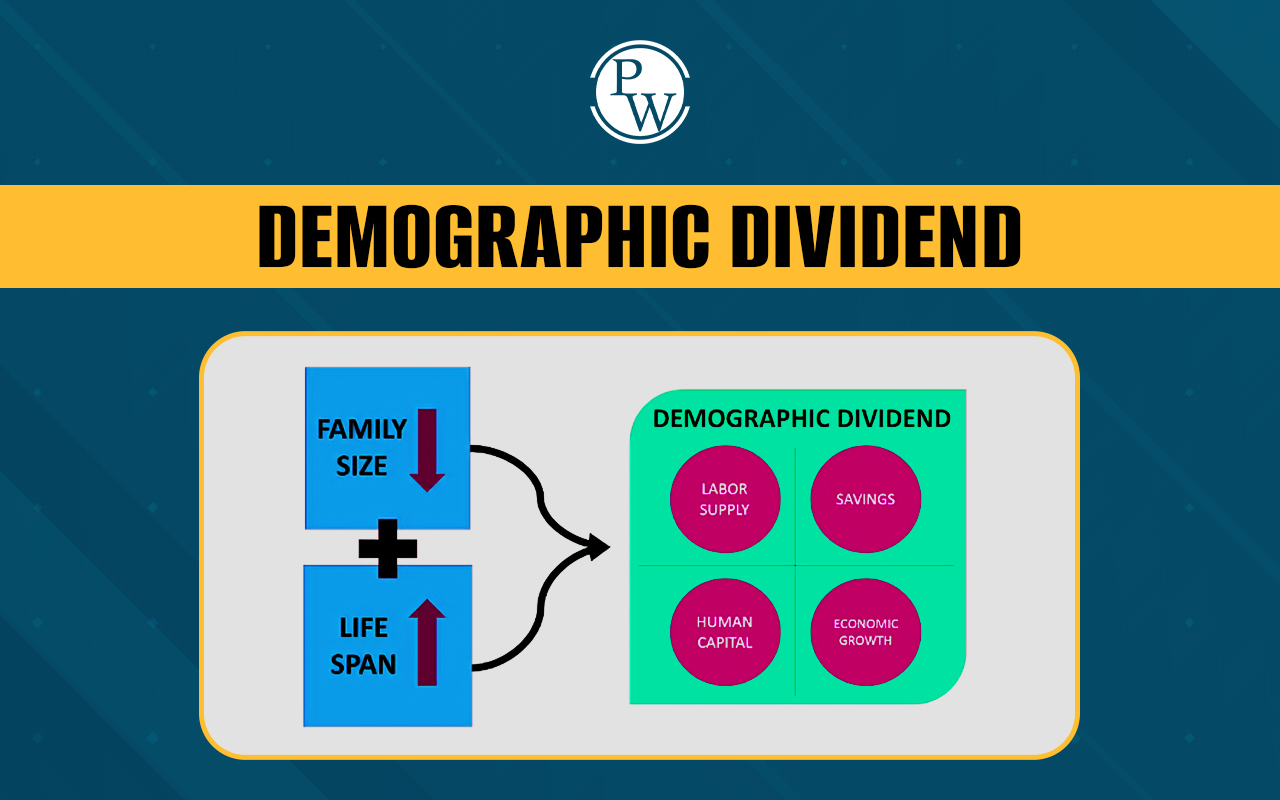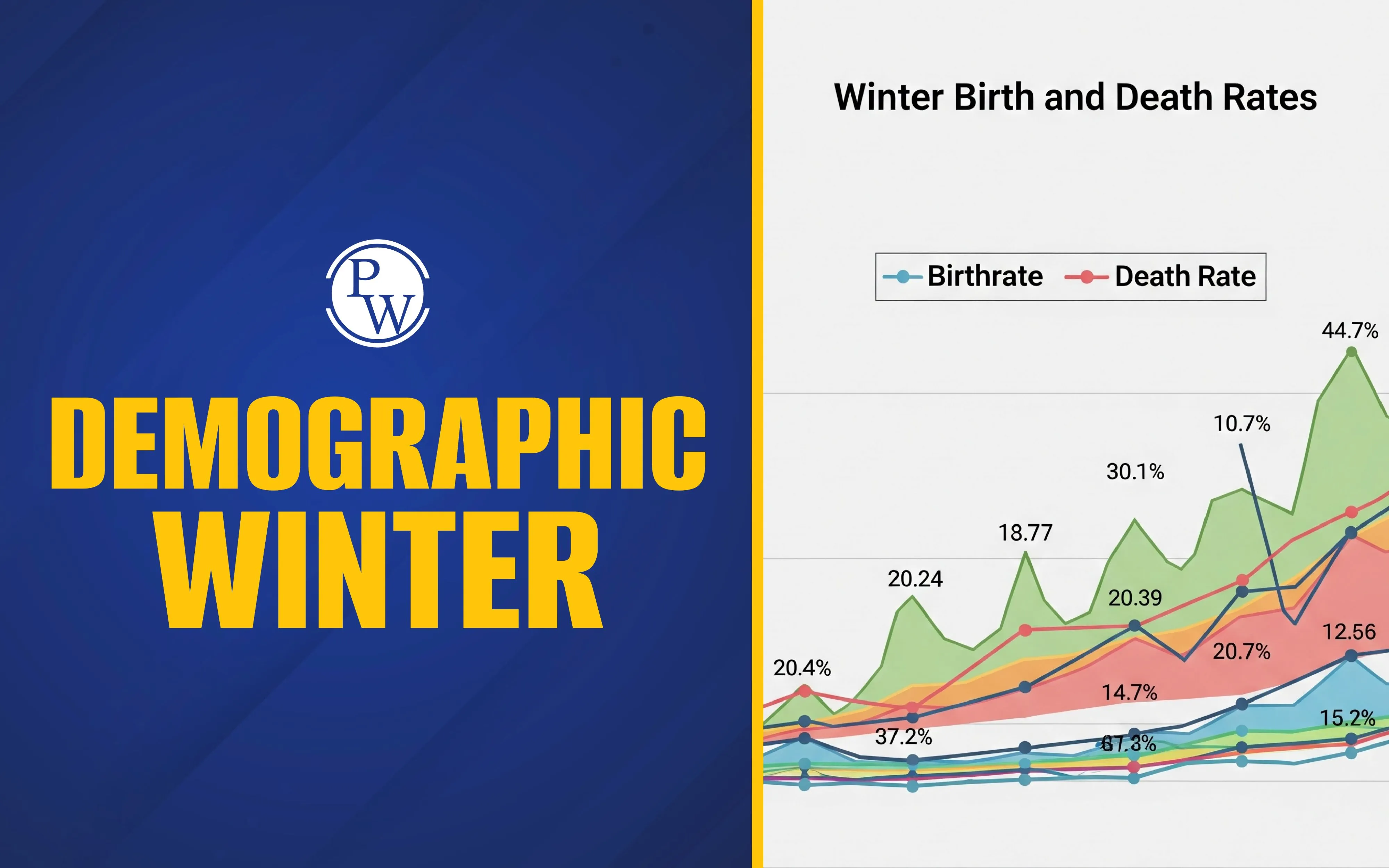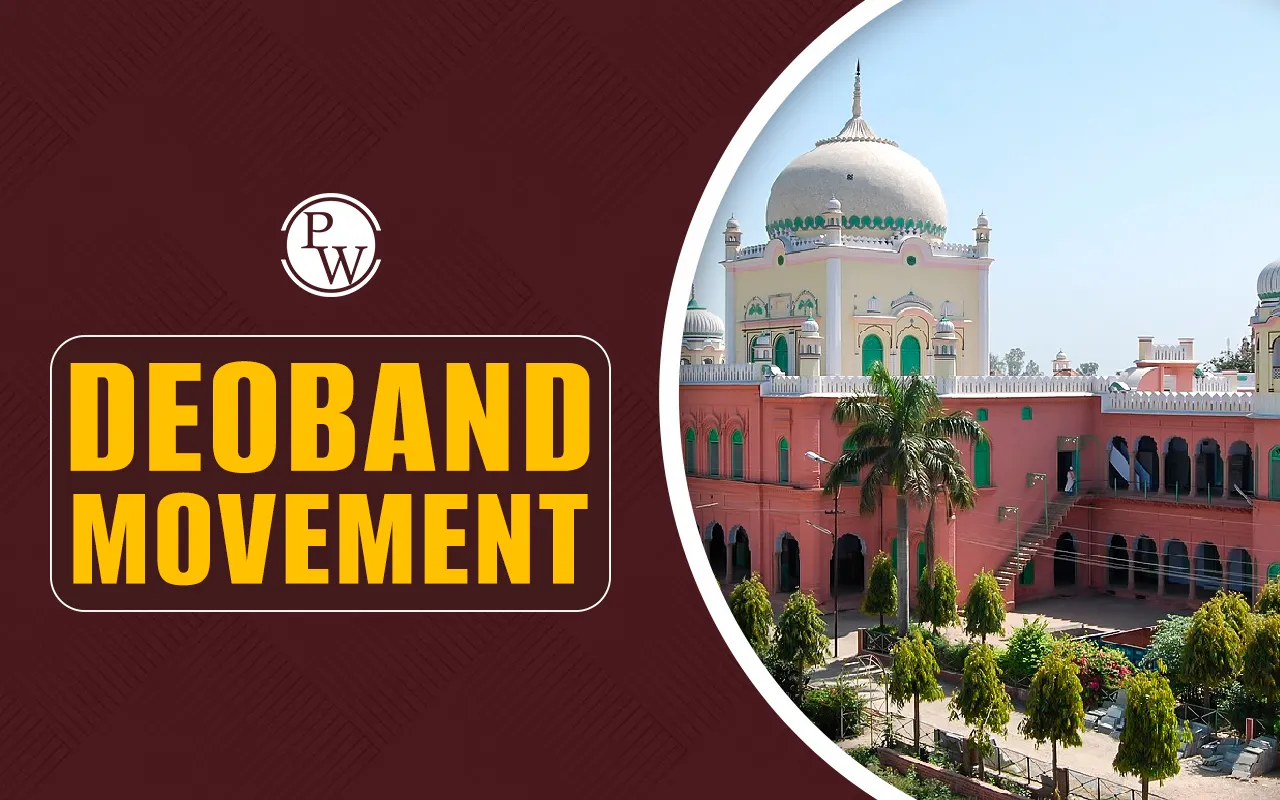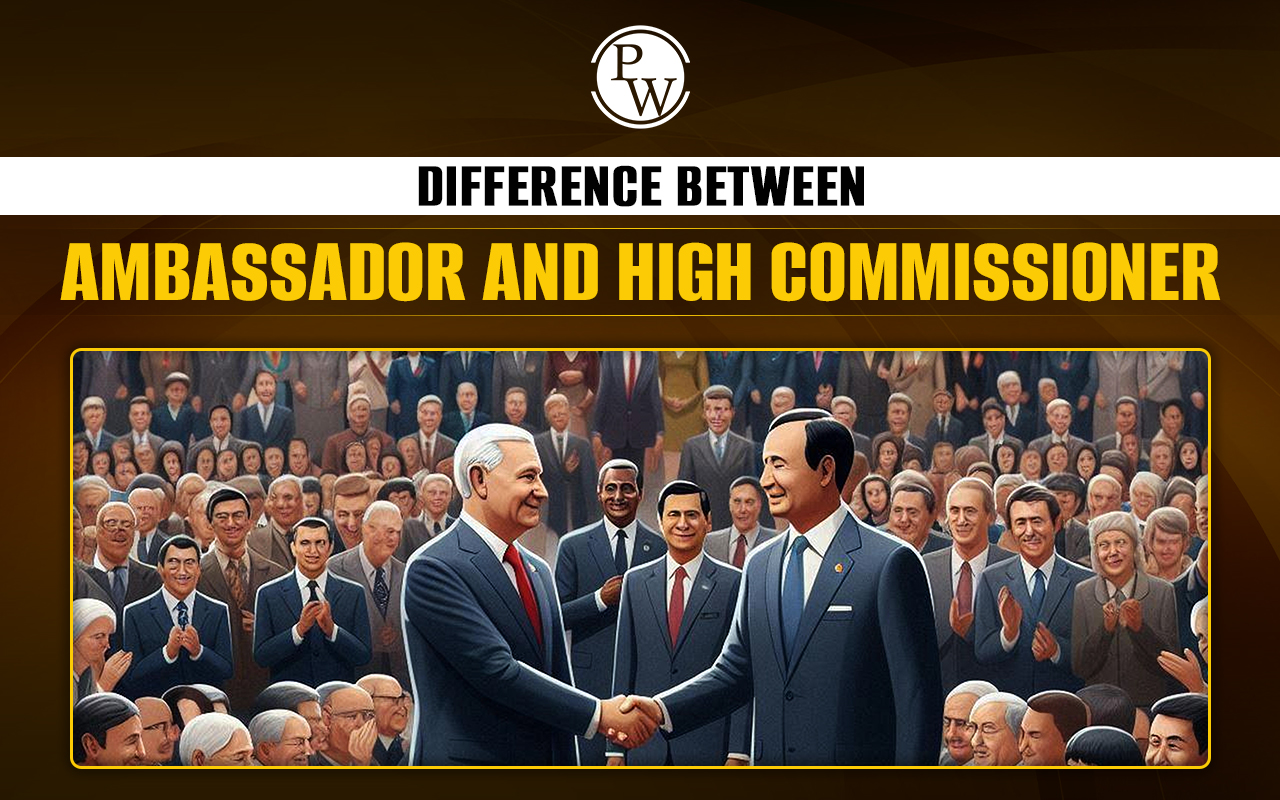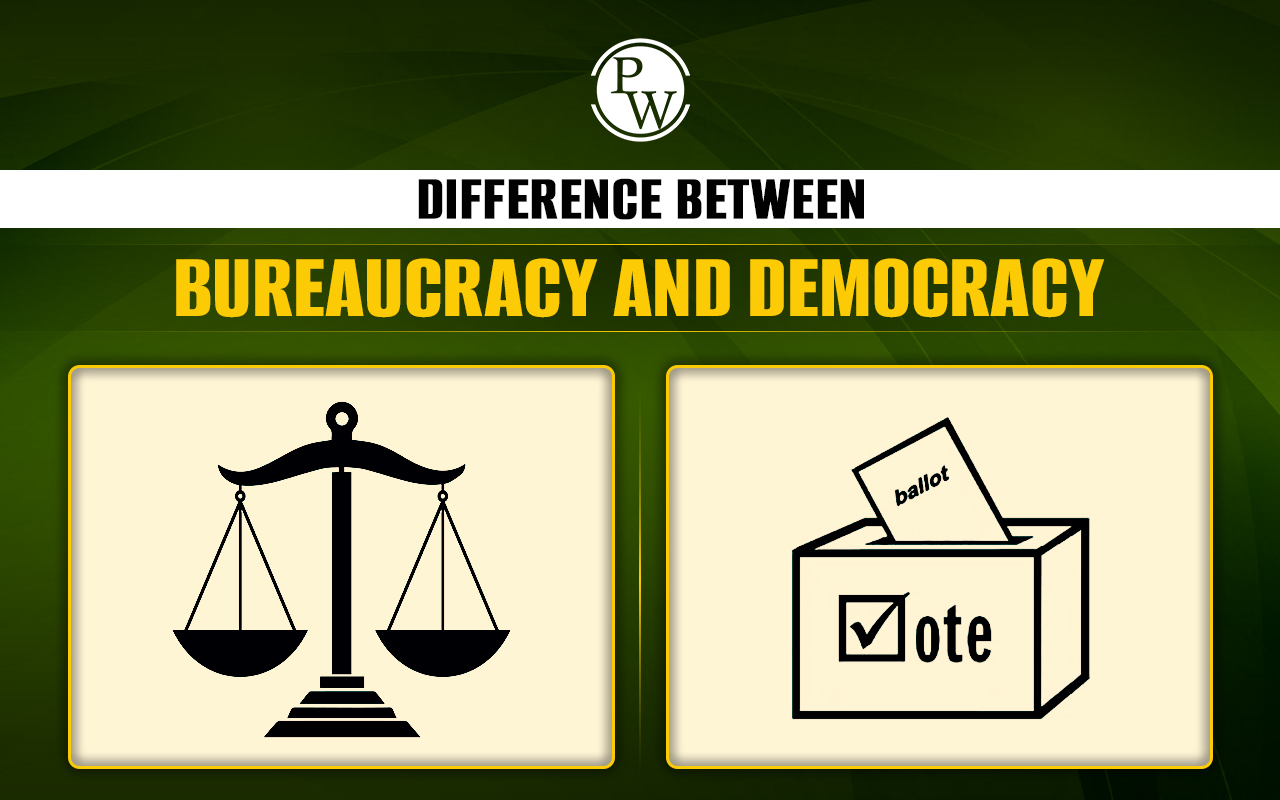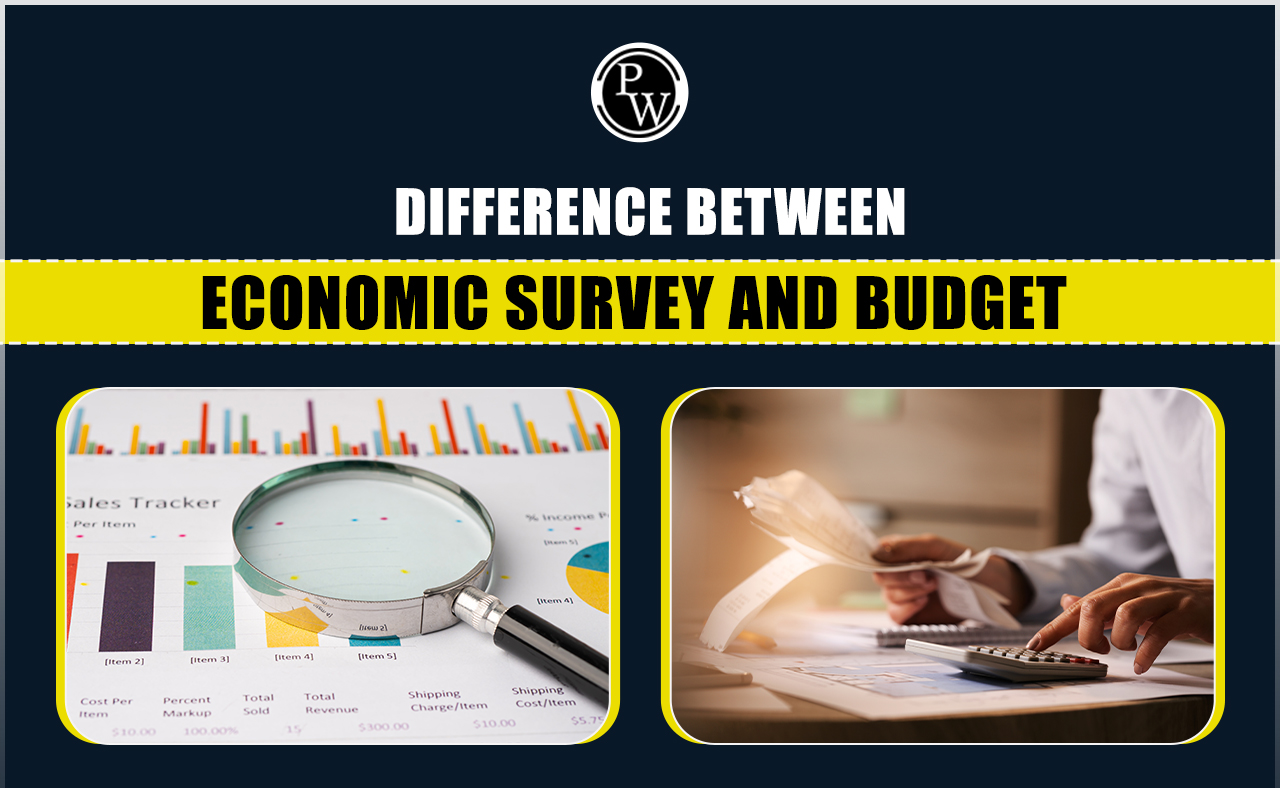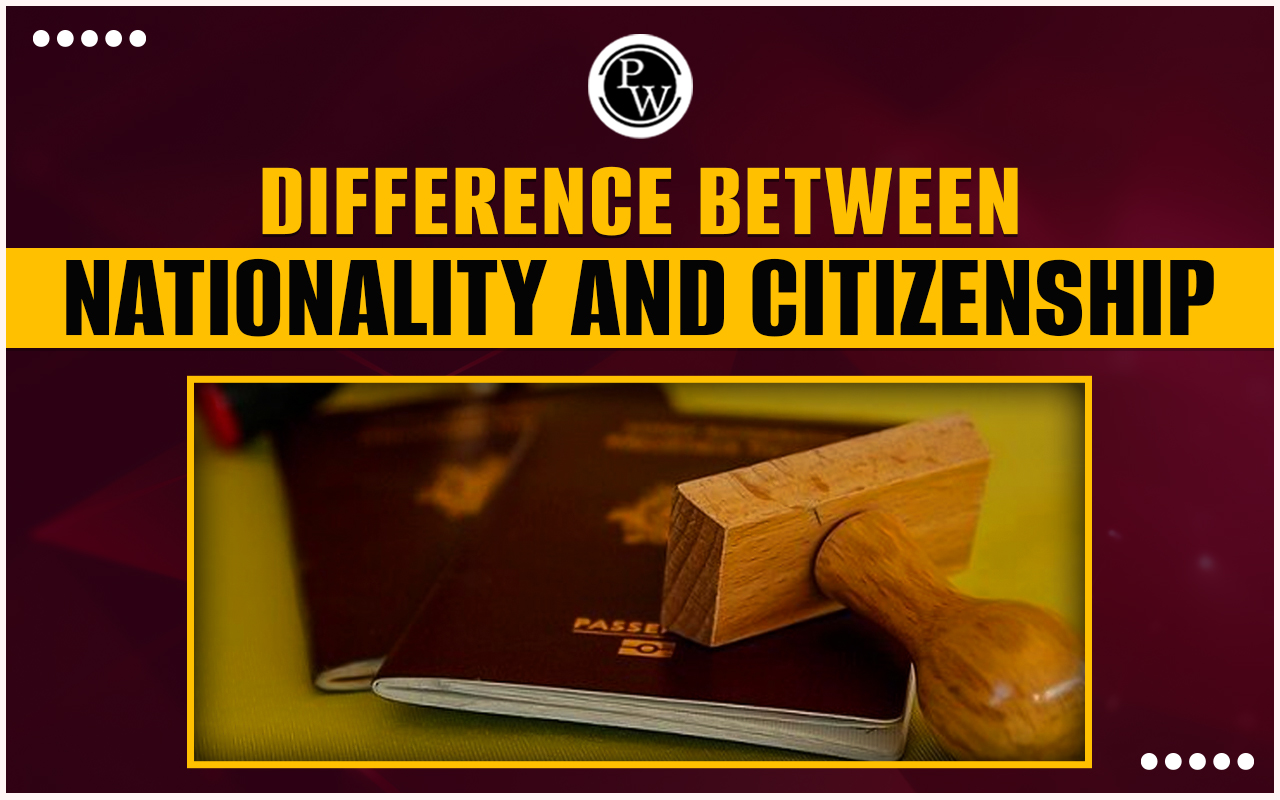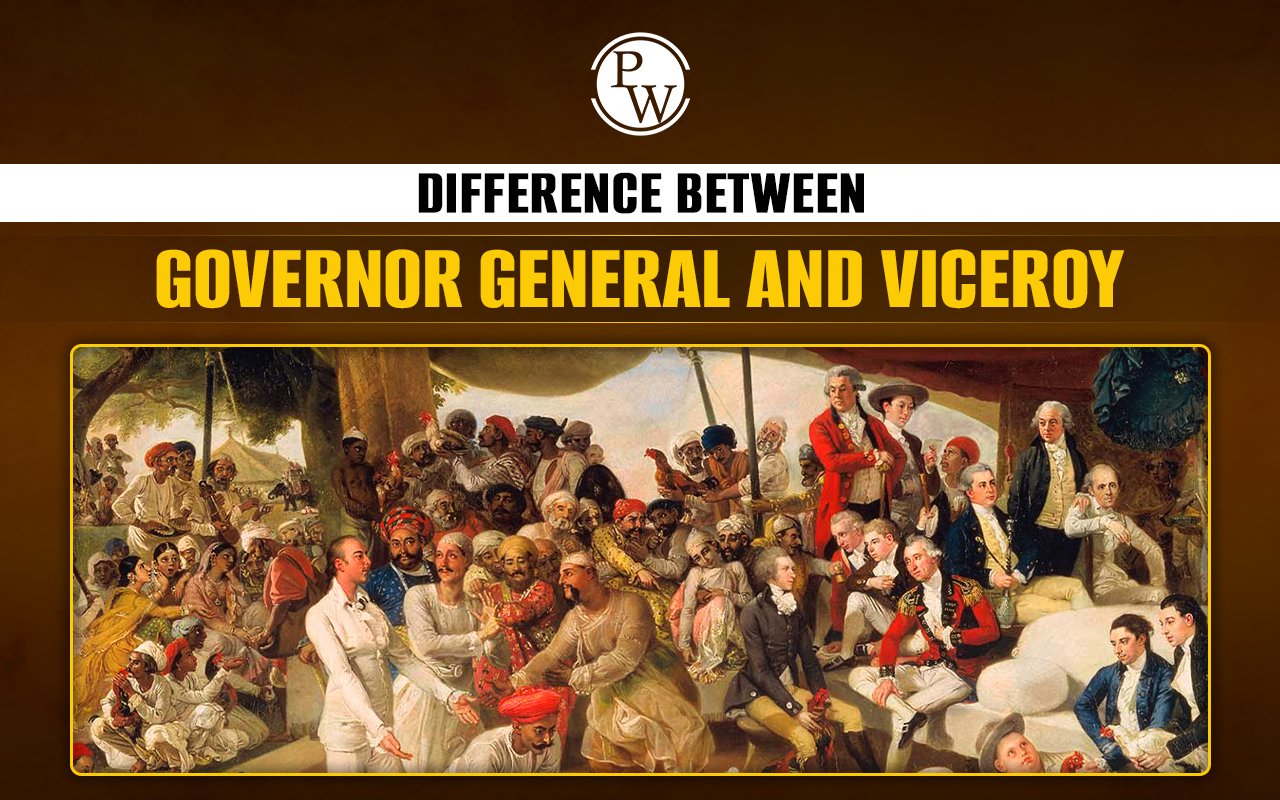
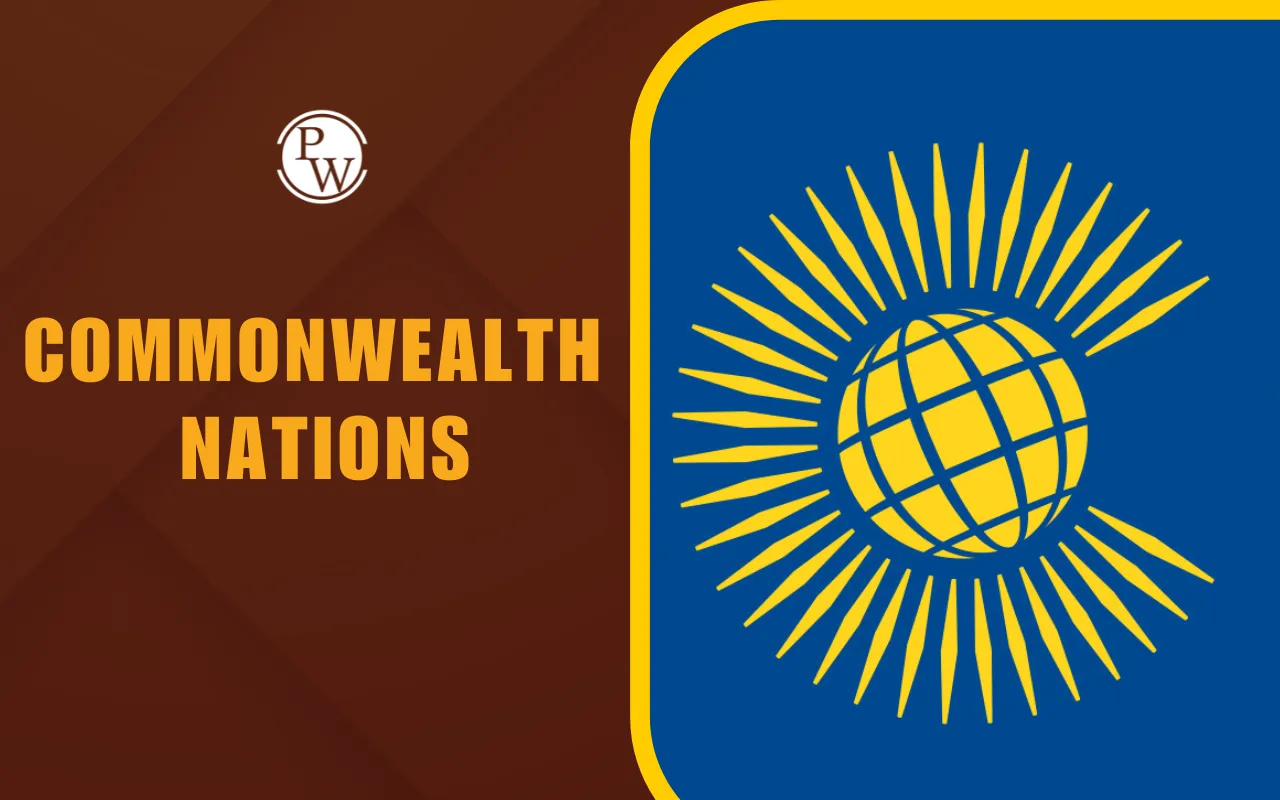
Commonwealth Nations is an international government association of 56 equal and independent nations, the majority of which belonged to the British Empire. The association was formed by the London Declaration in 1949 to support cooperation, democracy, peace, and sustainable development in member states.
The British monarch holds the symbolic office of Head of the Commonwealth, but without any political jurisdiction over its members. Collectively, all these nations enjoy cultural and historical connections, share the English language as a common tongue, and cooperate in world affairs through different intergovernmental organizations such as the Commonwealth Secretariat.
Commonwealth Nations: Latest News
Here are some of the latest news related to Commonwealth Nations:
- Ahmedabad from India has been recommended as the host city for the 2030 Centenary Commonwealth Games.
- The approval of a new five-year strategic plan for the Commonwealth Secretariat.
- Gabon and Togo were recently added as the 55th and 56th members of the Commonwealth Nations.
- The Maldives rejoined the Commonwealth as its 54th member state after three years of absence.
Commonwealth Nations Overview
Commonwealth Nations is a special voluntary organization of 56 independent nations. Unlike other international bodies, it functions without a constitutional body, depending on the common values and unanimity of its members.
It encourages cooperation through activities such as the Commonwealth Charter, Games, and other developmental schemes for peace and prosperity all over the globe. Here is an overview:
| Commonwealth Nations Overview | |
| Particulars | Details |
| Former name | British Commonwealth |
| Composition | An intergovernmental organization of 56 member states, which are primarily former British Empire territories. |
| Constituted in | 1949 by the London Declaration |
| Head of the Commonwealth | Queen Elizabeth II |
Commonwealth Nations History
Commonwealth Nations developed from the gradual evolution of the British Empire into a free association of nations. Its idea was first defined in 1884 and developed through a series of imperial conferences and legislation, climaxing in the London Declaration of 1949. It acknowledged the British monarch as the symbolic Head of the Commonwealth.
Here is the timeline for the Commonwealth Nations History:
| Commonwealth Nations Timeline | |
| Year | Event Occurred |
| 1887 | Lord Rosebery declared the British Empire as the Commonwealth Nations |
| 1926 | Balfour Declaration during the Imperial Conference |
| 1931 | Statute of Westminster |
| 1947 | After India and Pakistan gained Independence, the association assumed its current form. |
| 1949 |
|
| 1950 | The "British Commonwealth Nations" was modified to "Commonwealth Nations" and hence became an association of decolonized countries, with the British monarch as the constitutional head of the association. |
| 1959 | First Commonwealth Education Conference |
| 1965 |
|
| 1966 |
|
| 1971 |
|
| 1973 | Commonwealth Heads of Government Meeting (CHOGM), Ottawa, Canada. |
| 1975 |
|
| 1977 |
|
| 1979 |
|
| 1980 | The association members focused on the struggle to eradicate apartheid. |
| 1981 | Commonwealth Heads of Government Meeting (CHOGM), Melbourne, Australia. |
| 1983 |
|
| 1985 | Commonwealth Heads of Government Meeting (CHOGM), New Nassau, Bahamas. |
| 1988 | Establishment of the Commonwealth of Learning. |
| 1990 | Emeka Anyaoku appointed as the third Commonwealth Secretary-General. |
| 1991 | Harare Commonwealth Declaration. |
| 1994 | The Victoria Falls Declaration. |
| 1995 |
|
| 1999 | The Commonwealth celebrates 50 years. |
| 2000 | Don Mckinnon becomes the second Commonwealth Secretary-General. |
| 2002 | Zimbabwe was suspended after the elections were marred by brutality and intimidation. |
| 2004 | Latimer House Principles. |
| 2005 | Declaration on International Humanitarian Law. |
| 2007 | The launch of ‘Civil Paths to Peace’. |
| 2008 |
|
| 2009 | The Commonwealth celebrates its 60th anniversary. |
| 2010 | Commonwealth Day – Science, Technology and Society |
| 2011 | Commonwealth Day – Women as Agents of Change |
| 2013 | Signing of Commonwealth Charter by Queen Elizabeth II. |
| 2016 |
|
| 2019 | The Commonwealth celebrates its 70th anniversary. |
| 2020 | Commonwealth Day – Delivering a Common Future: Connecting, Innovating, Transforming. |
| 2022 | Commonwealth Heads of Government meeting (CHOGM), Kigali, Rwanda. |
Structure of Commonwealth Countries
The Commonwealth provides an environment that is distinct from others, where nations with different economic powers meet on an equal basis to interact closely.
- Head of the Commonwealth is the British monarch, a mostly ceremonial head who is not hereditary but determined by leaders in the Commonwealth.
- The principal decision-making body is the every-two-year Commonwealth Heads of Government Meeting (CHOGM), in which heads of government discuss cooperation and policies.
- The Commonwealth Secretariat, headed by a Secretary-General, plans its work and acts as the central intergovernmental organization. The member states are represented in other capitals by High Commissioners, who are similar to ambassadors but in the context of the Commonwealth.
- The Chair-in-Office, who rotates between member states every two years, represents the organization at high-level international gatherings.
Members of Commonwealth Nations
Commonwealth Nations comprises 56 independent states covering Africa, Asia, the Americas, Europe, and the Pacific. They are predominantly former British colonies, but the group also extends its welcome to nations that have no direct historical connection to the British Empire:
- Of the 56 members of the Commonwealth, 32 fall into the category of small states, which are especially sensitive to threats such as climate change and issues with development.
- These member nations meet every two years at the Commonwealth Heads of Government Meeting (CHOGM) to discuss issues of concern to both the Commonwealth and international affairs.
- All members, whether big or small, economically strong or weak, have an equal say at these conferences. This way, even the smallest countries can have their say and play a meaningful role in determining the future of the Commonwealth.
Following is the Commonwealth Nations list:
| Members of Commonwealth Nations | ||
| Antigua and Barbuda | Jamaica | Saint Lucia |
| Australia | Kenya | Samoa |
| The Bahamas | Kingdom of Eswatini | Seychelles |
| Bangladesh | Kiribati | Sierra Leone |
| Barbados | Lesotho | Singapore |
| Belize | Malawi | Solomon Islands |
| Botswana | Malaysia | South Africa |
| Brunei Darussalam | Maldives | Sri Lanka |
| Cameroon | Malta | St Kitts And Nevis |
| Canada | Mauritius | St Vincent And The Grenadines |
| Cyprus | Mozambique | Tonga |
| Dominica | Namibia | Trinidad And Tobago |
| Fiji | Nauru | Tuvalu |
| The Gambia | New Zealand | Uganda |
| Ghana | Nigeria | United Kingdom |
| Grenada | Pakistan | United Republic of Tanzania |
| Guyana | Papua New Guinea | Vanuatu |
| India | Rwanda | Zambia |
Why India Is A Commonwealth Country?
India has been a member of the Commonwealth since it decided to continue being part of this group after acquiring independence. Through its membership, it can interact with other nations on an equal basis, supporting common values as well as collaboration while maintaining its sovereignty.
Following are some points highlighting the significance of India among the Commonwealth Nations:
- India was the first republic to become a member of the Commonwealth at the 1949 London Declaration, undertaking to accept the British monarch as a symbolic Head of the Commonwealth and not a head of state, in order to be able to remain a full member despite being a republic.
- India's founding fathers, especially Jawaharlal Nehru, were convinced that membership would contribute to peace, democracy, and shared progress on the international platform.
- Notwithstanding independence, India viewed Commonwealth membership as a means of international collaboration, offering power without sacrificing sovereignty.
- Furthermore, India has had a hand in each of the major components of the Commonwealth network of institutions. In the 2015–2016 budgetary year, India was the major financial contributor to the Commonwealth, being the fourth-largest overall contributor to its budget.
- On top of that, India was a pivotal figure at the United Nations as the third-largest contributor of funds to the Commonwealth's joint office in New York.
Commonwealth Nations vs Commonwealth Nations Realms
Although all domains are part of the Commonwealth, the majority of Commonwealth members are republics or possess other heads of state. The difference between the larger Commonwealth association and the more limited subset of Commonwealth realms sharing a constitutional monarchy is discussed below:
|
Commonwealth Nations vs Commonwealth Nations Realms |
||
|
Aspect |
Commonwealth Nations |
Commonwealth Realms |
|
Definition |
A group of 56 independent nations, primarily former British colonies, cooperating on common values such as democracy and development. |
A group of 15 Commonwealth member states that are all under the same constitutional monarch head of state, at present King Charles III. |
|
Head of State |
Differs from country to country; some are republics with individual presidents, some will have other monarchs, no shared head of state apart from symbolic Head of the Commonwealth. |
They all share the same monarch (King Charles III) as their constitutional head of state, with a governor-general acting locally on behalf of the monarch. |
|
Sovereignty |
Entirely sovereign and independent countries with varied systems of government. |
Entirely sovereign and independent, but bound through shared monarchy in a personal union. |
|
Number of Members |
56 varied member nations globally. |
15 nations that are Commonwealth realms. |
|
Type of Governments |
Variety of republics, kingdoms, and other systems of government. |
Constitutional monarchies that share the British monarch as head of state. |
|
Representation |
Individual countries are represented with equal standing in Commonwealth matters. |
Monarchs are represented by a governor-general within each realm acting in the monarch's place . |
Importance of Commonwealth Countries
Commonwealth Nations promote cooperation based on a shared heritage of language, culture, law, and democratic traditions, supporting a climate of trust and mutual understanding. Through cooperation and shared values, the Commonwealth is a strong champion of sustainable development, equality, and international cooperation.
The following is the summary of the significance of Commonwealth Nations:
- Commonwealth Nations uphold common values of democracy, human rights, and the rule of law between its 56 member nations to promote global peace and cooperation.
- Economic advantages for members are preferential trade relations with Commonwealth nations, trading 20% more amongst themselves at approximately 21% lower prices than with non-member nations.
- The Commonwealth magnifies the voice of the smaller and vulnerable states to make them heard at the international level and to get them heard on matters like climate change and sustainable development.
- It offers useful development assistance in the form of technical cooperation and capacity-building programs, particularly for small states and developing nations.
- Cultural, educational, and administrative homogeneity among member nations makes movement, doing business, and collaboration easier for citizens and governments as well.
- The organization supports youth participation, climate resilience measures, and economic integration to promote sustainable growth and common prosperity for members.
Commonwealth Nations FAQs
Is China a member of Commonwealth Nations?
Are there 53 or 54 countries in the Commonwealth?
What is the headquarters of Commonwealth Nations?
How frequently do Commonwealth leaders get together?

